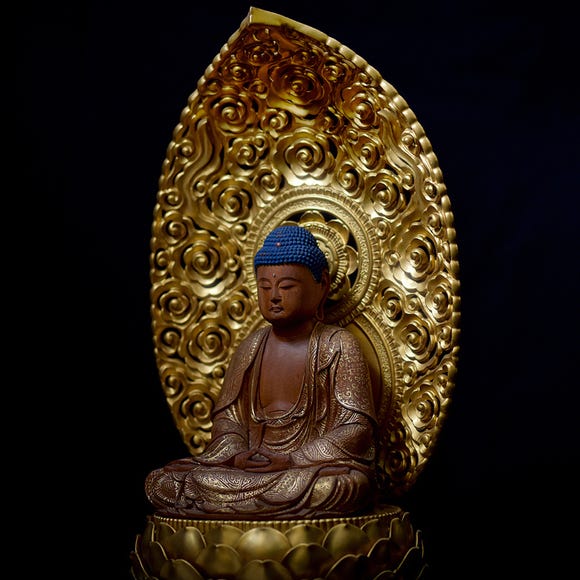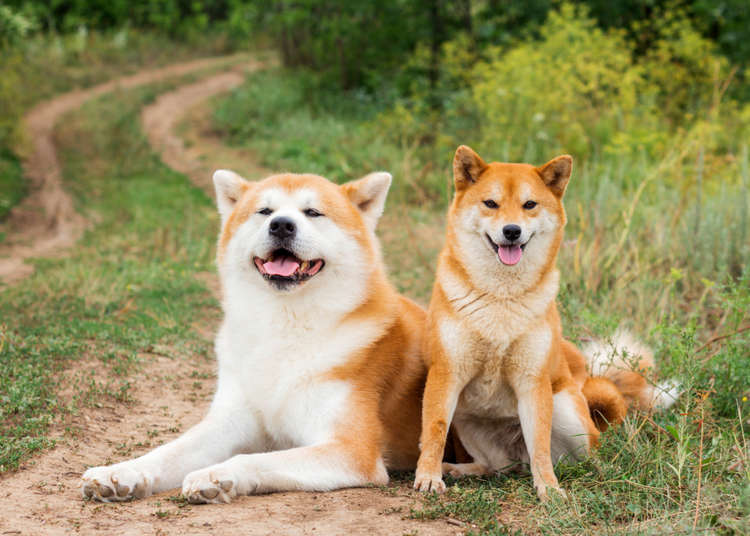
在日本,被稱為「日本犬」的犬種共有6種,並且被視為日本的國犬。這些日本犬包括:柴犬、紀州犬、四國犬、北海道犬、甲斐犬和秋田犬,其中秋田犬也就是人們所熟知的「忠犬八公」。
該基準由日本犬保存會於1934年制定,而此組織是日本的公共組織,負責保存和維護日本6種本土犬種的登記冊。
下面將分享有關6種正宗日本犬的相關知識,並為想要飼養日本犬的人提供參考資訊,還要告訴大家日本犬適合什麼樣的名字喔!
(本文包含附屬連結)
①日本6大本土犬
被認定為日本犬的6種犬種不僅僅是本土犬,也於1930年代被正式指定為日本的天然紀念物。守護了許多傳統犬種瀕臨滅絕的危機。
這項認可為繁殖者和保育組織提供了一個體系,使他們能夠在現代化和二戰的動盪時期保護犬種血統,確保能夠延續至今。
雖然這6個品種的體型和個性各異,但都擁有象徵性的尖嘴犬特徵,濃密的被毛、直立的三角形耳朵以及自信地捲曲在背上的尾巴。這些特徵都反映了牠們過去曾經作為日本崎嶇地形中頑強狩獵夥伴的重要角色。
這些傳統的特徵也都表現在狗狗們的性情上,對家人非常忠誠,對陌生人往往很拘謹,並且受強烈的自然本能引導。
1. 秋田犬:熊獵人與忠誠的象徵
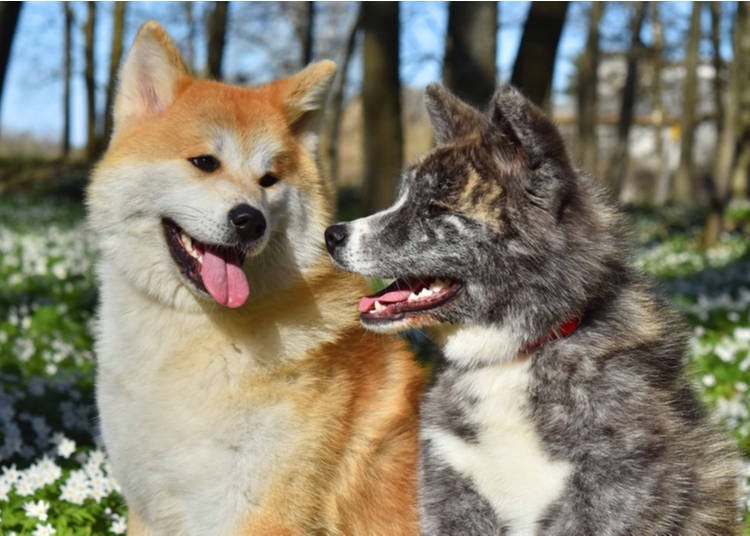
著名的「忠犬八公」,如今在澀谷站前依然屹立不倒。如果你知道八公,那麼一定對秋田犬感到不陌生。
秋田犬是本土犬種中體型最大的犬種,以其寬闊的胸膛、強壯的體格和類似熊的臉龐而聞名。歷史上,被獵人用來追蹤熊和野豬等大型獵物,隨後成爲了武士家庭的守護犬。
日本秋田犬的顏色有芝麻色、虎斑色、紅色、淺黃褐色或純白色,帶有獨特的「白毛」,於胸部、臉頰和尾部區域有白色或乳白色的毛,是該品種的象徵。
秋田犬高貴忠誠,對家人親切但較怕生。具有支配力,更適合經驗豐富的主人,能夠表現出堅定、一致的領導力。
秋田犬簡介
・體重:32~45 公斤
・體型:61~71 公分
・個性:強勢、忠誠、對家人親切,較怕生
2. 北海道犬:兇猛而古老的熊犬
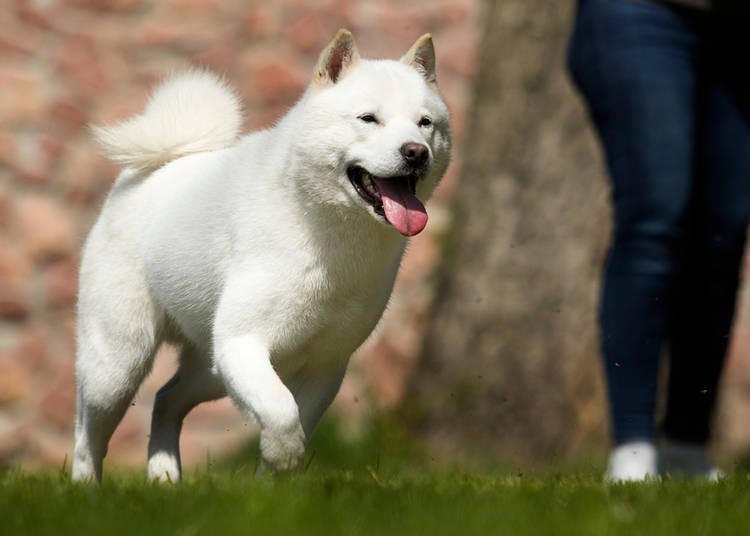
北海道犬能適應北海道嚴酷的冬季,擁有濃密的雙層被毛、小巧直立的耳朵和像雪鞋一樣的大爪子,這些都有助於牠們抵禦嚴寒。強健的體格象徵了作為狩獵夥伴對抗野豬甚至熊的歷史。
毛色有紅色、黑色、斑紋色、芝麻色、狼灰色或純白色,底毛濃密,在寒冷的天氣中會變厚。
北海道犬忠誠、聰明、勇敢,常與家人建立深厚的感情。不過因為強烈的捕食慾望和保護欲,使牠們需要時間與其他動物進行交流和照顧。
北海道犬簡介
・體重:約20公斤
・體型:46~52公分
・性格:聰明、忠誠、勇敢,意志堅強具有保護欲
3. 甲斐犬:山中虎犬
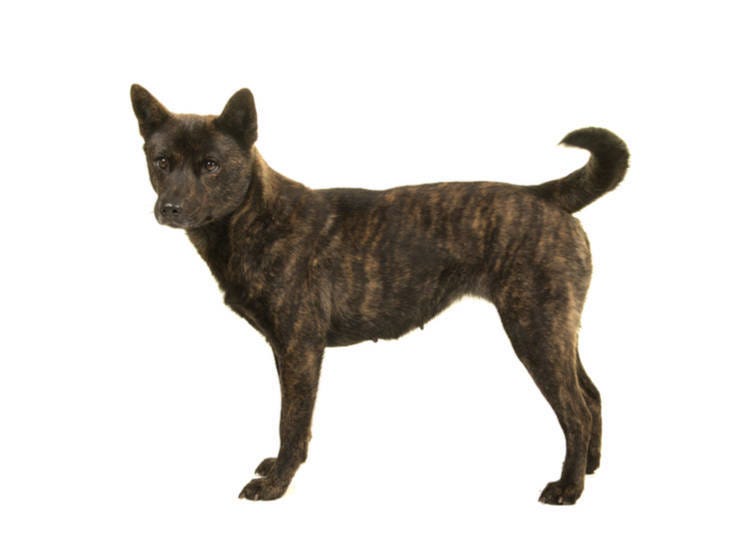
甲斐犬又稱「虎犬」,因其斑紋皮毛而易於辨認,皮毛顏色有黑色、紅色或棕色。有些幼犬天生就是純色,而斑紋圖案會逐漸顯現,有時需要數年時間才能完全發育。
甲斐犬體型精瘦,肌肉發達且行動敏捷,被培育用於穿越陡峭的山川河流,獵殺鹿和野豬。這些勇猛的狗狗們甚至還會爬樹追捕獵物。
甲斐犬智商極高、忠誠可靠且學習能力強,卻又不失獨立性。牠們的狩獵本能強烈,因此一個安全的環境對牠們來說相當重要。
甲斐犬簡介
・體重:14 ~18 公斤
・體型:39 ~50 公分
・性格:獨立、勇敢、聰明,稍微怕生
4. 紀州犬:沉穩迅捷的獵人
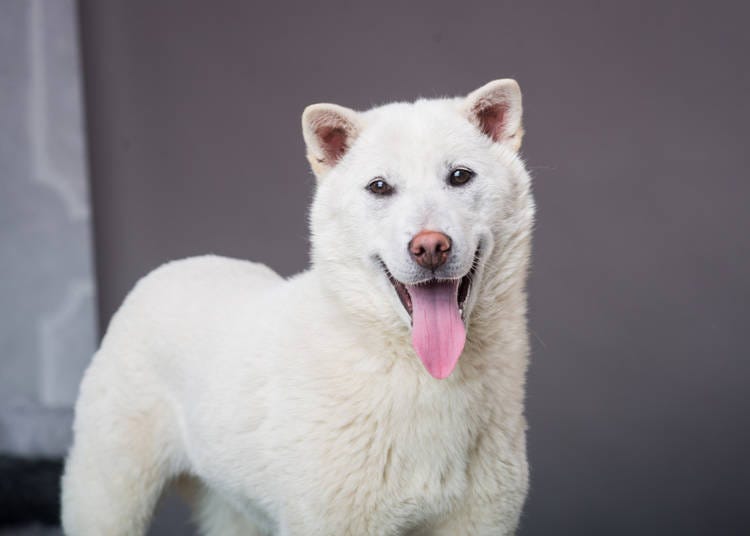
紀州犬體型中等,擁有高貴的狼臉和強壯的體魄。傳統上白色皮毛是獵人的首選,因為它在茂密的森林中更容易被發現,不過也有紅色和芝麻色的紀州犬。
紀州犬以沉穩的狩獵風格而聞名,經常默默行動直到捕捉到獵物。這使得牠們既是優秀的追蹤者,也是警戒的好夥伴。
狗狗們勇敢又重感情對家人充滿愛,聰明活潑但有時也容易衝動。擁有強烈的捕獵慾望因此可能不太適合與體型較小的寵物相處,而且需要安全的圍欄來限制牠們的好奇心與衝動。
紀州犬簡介
・體重:14~27 公斤
・體型:43~55 公分
・個性:勇敢、聰明、深情,狩獵本能強烈
5. 柴犬:日本最受歡迎的小型犬
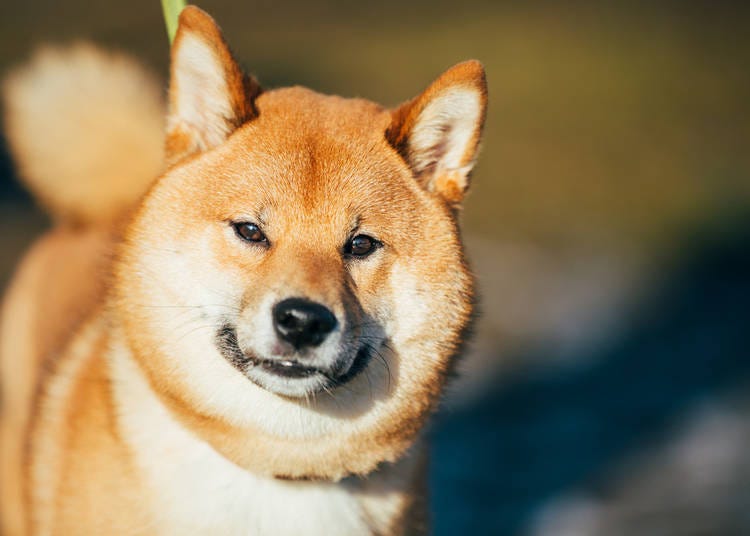
柴犬是6個犬種中體型最小的,體型結實強壯,有著楔形的鼻子、三角形的豎耳和捲曲的尾巴。毛色有紅色、芝麻色、黑褐色和奶油色,但與秋田犬一樣在胸部、口鼻部和尾巴下方有著「白毛」特徵。
柴犬的個性是出了名的活潑,獨立、大膽,有時還很固執。另外也以獨特的「柴犬鳴叫」而聞名。
柴犬的受歡迎程度引發了「豆柴犬」風潮,即培育比標準體型更小的柴犬。不過豆柴犬雖然可愛卻頗具爭議,因為被認為可能會影響到柴犬的健康。
柴犬簡介
・體重:7~10 公斤
・體型:33~45 公分
・性格:獨立、大膽、自豪,忠於家庭但固執
6. 四國犬:堅韌的山地犬
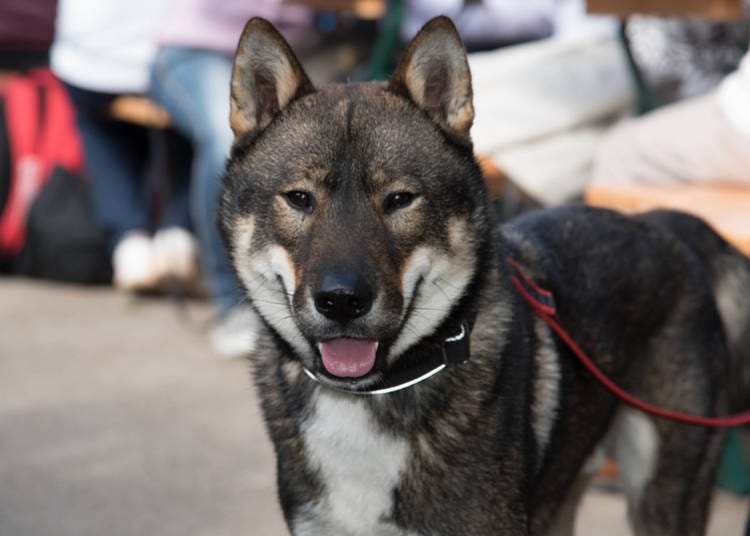
四國犬原產於高知縣,因其狼一般的外表和健壯的體格而備受喜愛。皮毛通常為芝麻色、紅色或黑褐色,外層毛粗糙內層毛厚實,非常適合崎嶇的山地生活。
四國犬以其耐力和狩獵能力而聞名,最初用於追蹤野豬。聰明忠誠但較怕生,而且通常用獨特的低吼而非吠叫來表達自己的情感。
四國犬不像柴犬和秋田犬那樣固執,因此更容易訓練,不過仍然需要有經驗、有責任感的主人。
四國犬簡介
・體重:15~20 公斤
・體型:43~53 公分
・性格:聰明、堅忍、忠誠,堅韌且意志堅強
②其他日本犬種
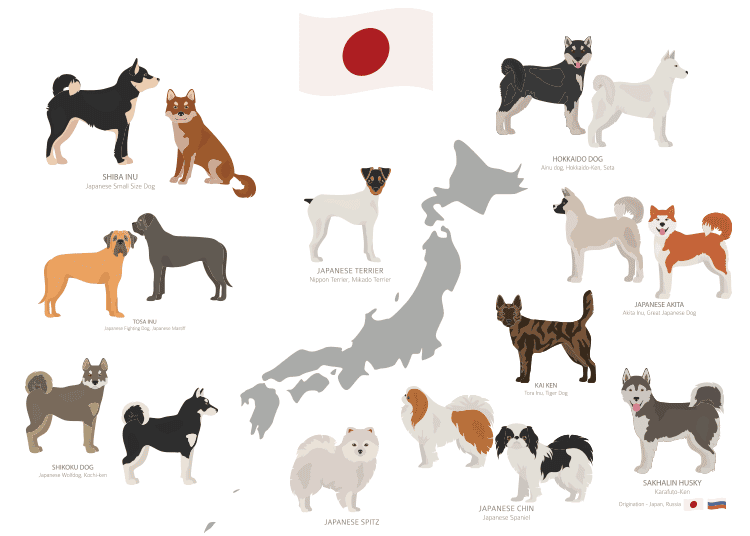
日本銀狐犬:主人快樂的夥伴
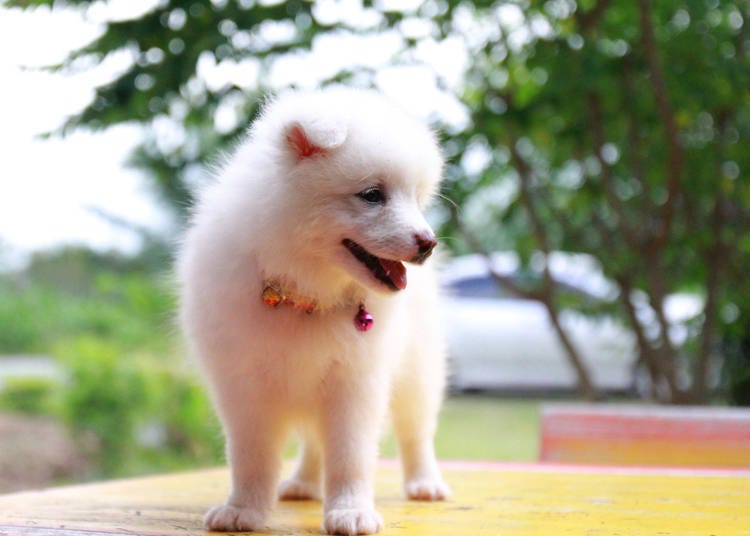
日本銀狐犬是20世紀培育的一種小型寵物犬。擁有純白色的皮毛、楔形的鼻子和活潑的性格,很快就使牠成為熱門寵物的不二之選。
熱情、聽話、活潑好動,是優秀的家庭犬。然而,如果沒有適當的訓練,這些可愛的狗狗們可是很容易吠叫喔。
日本銀狐犬簡介
・體重:5~10 公斤
・體型:30~38 公分
・個性:精力充沛、熱情、聰明,與兒童和其他寵物相處融洽
日本㹴犬:個性活潑超可愛
日本㹴犬於17世紀在長崎由進口的短毛獵狐㹴與日本本土犬雜交而誕生。日本㹴犬體型結實、敏捷,以其開朗的個性和光滑的短毛而聞名。頭部通常為黑色或三色,而身體則以白色為主。
這些狗狗敏感、活潑、可愛,非常適合當作寵物狗。如今即使是在日本,日本㹴仍然相當稀有。
日本㹴簡介
・體重:2 ~4 公斤
・體型:20 ~33 公分
・個性:敏感、活潑、熱情,愛玩的可愛伴侶
土佐鬥犬:兇猛的日本獒犬
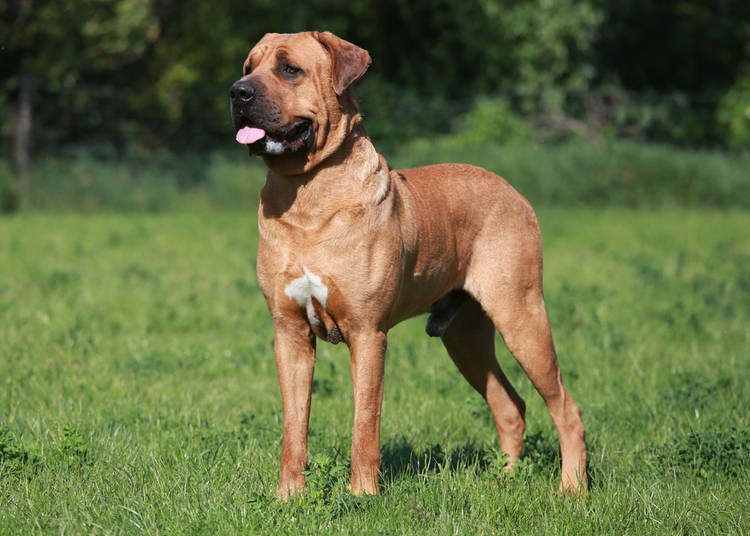
土佐犬又稱日本獒犬,是日本體型最大的犬種。該犬種於19世紀由四國本土犬與獒犬、大丹犬、鬥牛犬和其他歐洲犬種雜交培育而成,是一種兇猛的鬥犬。
儘管土佐犬有著強大的血統,但在家庭中通常表現得平靜而安靜。然而,對陌生人可能很警惕,對不熟悉的狗也可能表現出攻擊性。由於其歷史因素,許多國家都限制飼養土佐犬。
土佐犬簡介
・體重:31~61 公斤
・身高:62~82 公分
・性格:冷靜、忠誠、有保護欲,對陌生人保持警惕,有強烈的守護本能
③日本推薦狗狗咖啡廳與相關活動
在日本的城市裡想要養寵物可能比較困難,狗狗咖啡廳讓遊客可以一邊喝咖啡或茶,一邊與友善的小狗共度美好時光。對於訪日的遊客來說,這裡將會是被毛茸茸小可愛療癒的好處去。
除了咖啡廳之外,日本還提供適合狗狗的各種活動,從不需拴繩的遊樂區和寵物友善的遠足,到欣賞秋田犬或四國犬等稀有本地品種的設施應有盡有。
④想在日本買一隻正宗日本犬嗎?
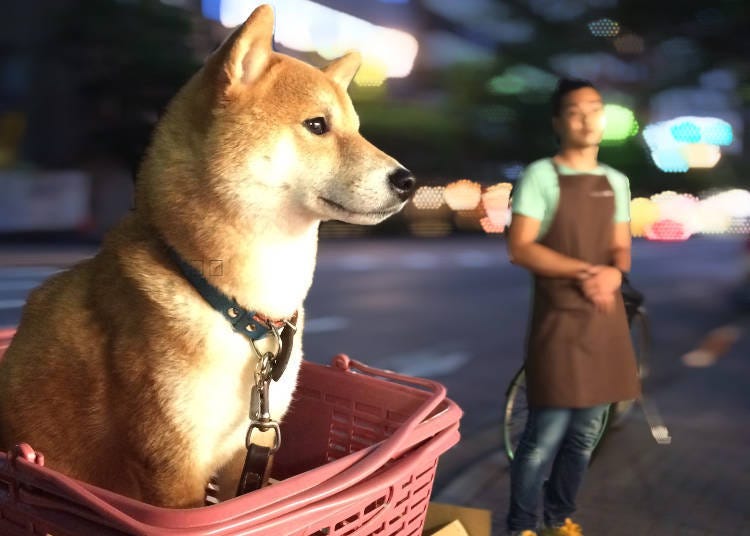
無論想養什麼品種的日本犬,想在日本以外的地方購買相信會比較不容易。因此,有不少人會特地前往日本挑選心儀的狗狗。
從日本出口犬隻是一件具挑戰性的事。並非所有繁殖者都願意出口,因為這些狗狗們都被視為一種「國寶」。
不僅如此,價格也可說是一項難關。日本的狗狗價格不一,但一般來說幼犬(2個月大)比大犬來得便宜。
- 柴犬
- 100,000~250,000日圓
- 秋田犬
- 100,000~300,000日圓
- 四國犬
- 80,000~150,000日圓
挑選好日本幼犬後,需要支付額外的出口準備費用,包括疫苗接種/晶片、狗籠、寵物屋費用、出口血統證明、動物檢疫與其他費用。
從日本運送犬隻的實際運費因國家而異。在日本購買之前,請務必確認航空公司是否提供寵物運輸服務!另外,也要查看相關的寵物費用,費用可能會超過6000台幣。
除此之外,必須了解所在國家/地區的進口法律。許多國家(例如歐盟)要求在日本接種狂犬病疫苗並進行21天的隔離。
尋找日本犬種出口商可以省去很多麻煩,他們能夠幫助你聯繫飼養員並處理所有文書工作。
⑤日本熱門小狗取名清單
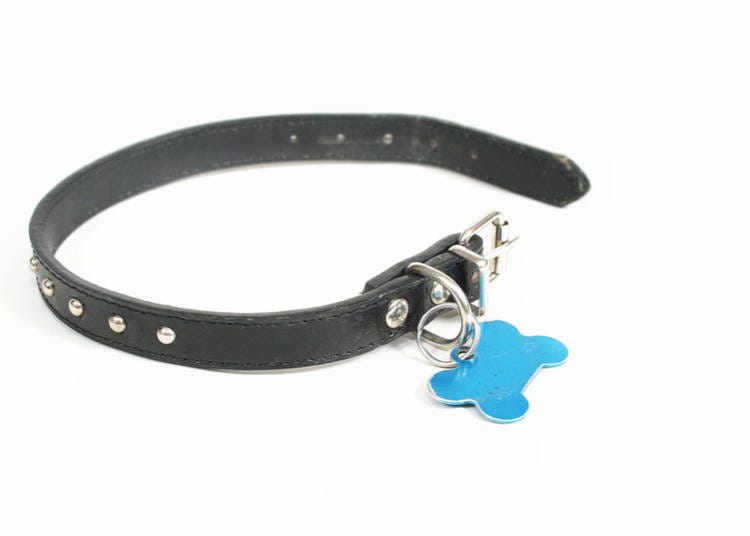
既然已經選好了喜歡的犬種,接下來取名字又是一個令人興奮的事。在日本可以找到各種各樣的狗狗名字,從「Ryuu」到「Lucky」再到「Sausage」。下面就要帶大家來看看有哪些流行的日本狗狗名字呢?
- (男生)
- ・Aki
・Sora
・Ryuu
・Koji
・Kuma
- (女生)
- ・Momo
・Nana
・Sakura
・Hana
・Natsume
⑥結論:備受歡迎的日本犬種
日本犬種真的非常漂亮!這些寵物都將成為很好的伴侶。可以找到各種體型的日本犬種,有小型、大型也有毛茸茸的外型或短毛犬種。下次打算養一隻新的寵物或是去日本度假的時候,不妨看看這些日本犬種,感受牠們的迷人外表與熱情魅力吧!
想跟日本狗狗互動嗎?來這些可愛咖啡廳就對了!
在日本,動物咖啡廳讓人可以一邊放鬆、一邊與可愛的動物們相處。其中,「狗狗咖啡廳」特別受歡迎,從活潑的柴犬到溫柔的玩具貴賓犬,都能在溫馨的空間裡陪你一起喝杯飲品、療癒一下身心。以下介紹幾家日本各地的人氣狗狗咖啡廳,讓你體驗和日本狗狗互動的樂趣。
LIVE JAPAN的編輯部是一個經驗豐富的多國籍團隊,成員們皆是在日本居住超過五年,且熱愛旅行,對於日本各方面也有深度的瞭解。我們將不遺餘力地將日本的魅力傳遞給大家,並提供各種訊息和情報。不論是旅行前對於日本文化或旅行須知等消息、或是旅行中各種活動和優惠訊息等等,LIVE JAPAN是您旅行日本的最佳夥伴!
※上述價格或餐點內容會有變更的情況
※除了特別註記的價格外, 其餘皆為含稅價格
-
合作文

騎自行車暢遊佐賀縣肥前濱宿! 體驗文化、自然與美食的一日小旅行
by: LIVE JAPAN編輯部
-
合作文

雨天備案首選!上野「國立科學博物館」:讓孩子大開眼界的東京親子遊完全攻略!
by: LIVE JAPAN編輯部
-

2026年日本櫻花首波預測公布!最佳賞櫻時間與地點一次看
by: LIVE JAPAN編輯部
-
合作文

東京都市奇蹟之森~「自然教育園」,距離JR目黑站車站僅需步行9分鐘
by: LIVE JAPAN編輯部
-

東京的「隱藏版秘境」吉祥寺!冬季奢華享受:夢幻草莓下午茶全攻略!
by: Guest Contributor
-

銀座新地標~「Air BicCamera 銀座店」全新開幕!旅途中必訪的「最高效率」購物體驗
by: Guest Contributor














![[東京]Harajuku Samoyed Café Moffu
詳情及預約▶
(圖片來源:Rakuten Travel Experiences)](https://rimage.gnst.jp/livejapan.com/public/article/detail/a/00/01/a0001799/img/zh-tw/a0001799_parts_68a6a687c633d.jpg?20200605180827&q=80&rw=280&rh=280)
![[秋田] 與秋田犬一起在森林中散步 四季享受大自然 健康旅遊認證計畫(秋田縣三種町)
詳情及預約▶
(圖片來源:KKday)](https://rimage.gnst.jp/livejapan.com/public/article/detail/a/00/01/a0001799/img/zh-tw/a0001799_parts_68a6a6cf64339.jpg?20200605180827&q=80&rw=280&rh=280)












